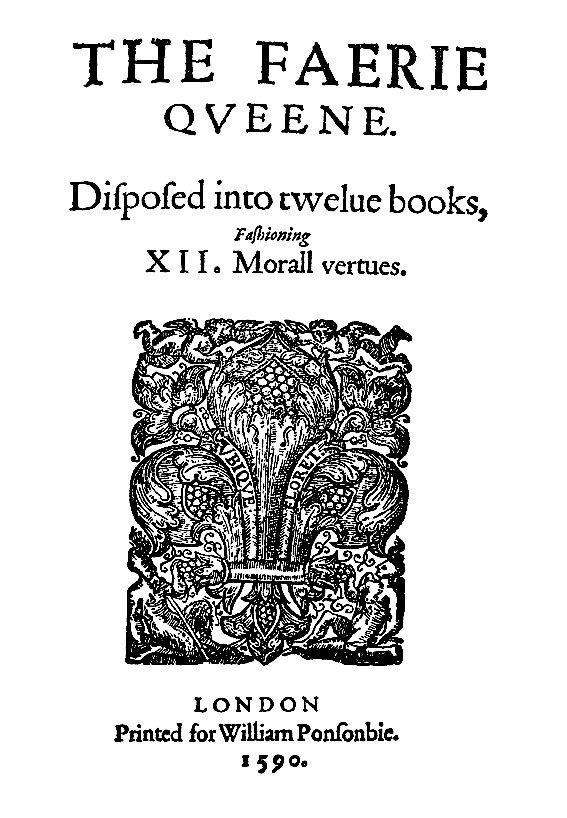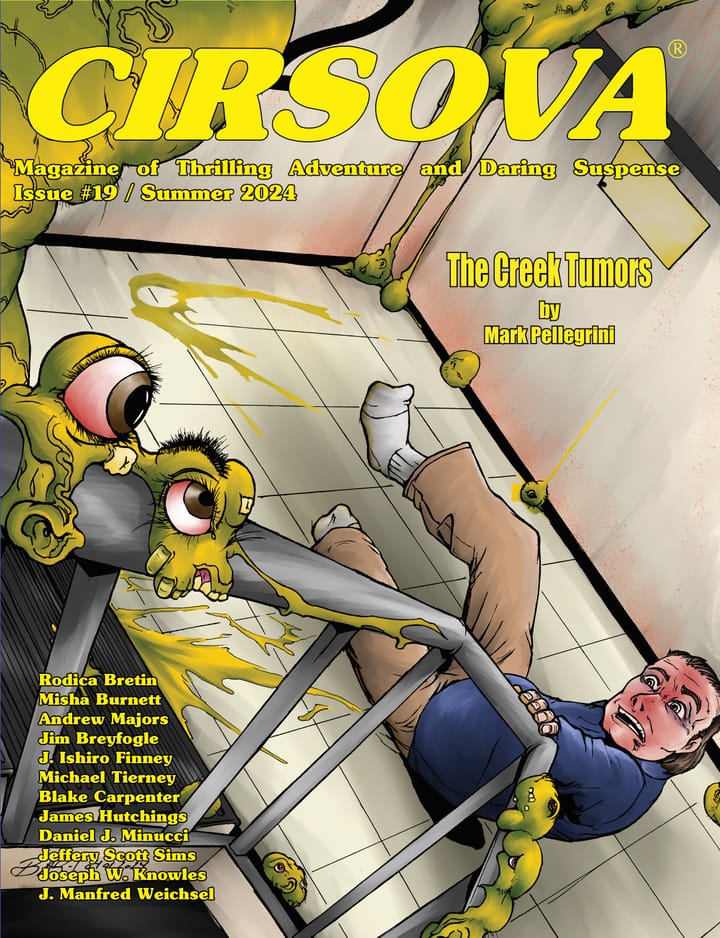Encanto: Good but not Great

A movie review I read today helped me put my finger on why exactly I felt that Disney’s Encanto was good, but not great.
First, John C. Wright’s review identified Encanto as an allegory. Let’s delve into that a bit.
If you look up a definition of allegory, you are likely to find something like this:
Allegory is generally an extended metaphor in the form of a story or poem that has a literal meaning and a meaning that is derived from outside the narrative itself.

The Faerie Queene
By William Ponsonby, 16th century printer - Frontispiece of 'The Faerie Queene' by Edmund Spenser published in 1590, Public Domain, https://commons.wikimedia.org/w/index.php?curid=25998100
However, this misses the essence of the most famous allegories such as Piers Plowman or the The Faerie Queene, or even more recent examples like C. S. Lewis’ The Pilgrim’s Regress or Herman Hesse’s The Journey to the East.. All stories that participate in the Great Conversation use extended metaphors that reach outside the narrative. Allegories personify the abstract:
In an allegory, characters and objects symbolize abstract qualities, and the events recounted must convey a coherent message concerning those abstractions. [emphasis in the original]
John C. Wright lays this out:
In an Allegory, a character named Patience, or example, tells the hero to be patient, and the character named Rash urges the opposite. Men cut themselves on two-edged swords or hoist themselves on their own petards. A baby named Invention in a lab coat and swaddling clothing will be in the arms of his ragged and starving mother named Necessity, and so on. Allegories are read for the moral instruction of the allegory, or the cleverness of the allegorist, not for the charm of the drama.
Wright also identifies the main flaw of allegories as stories: they don’t necessarily need to be good stories as long as they make extended metaphor sense. Only the very best authors can do both simultaneously, and even then the story will be firmly in second place behind whatever the message is.
I don’t think I can say it better than Wright, so I’ll just quote his conclusion.
In a properly constructed fairy tale, if the vision prophesizes a certain simple, arbitrary-seeming act, such as hugging a sister, will prevent the magic manor house from falling, then doing the act prevents the fall.
Whereas, here the magical manor house is merely a symbol for the family unity, whose foundations are cracking because they are based on the grandmother’s strictness, and the youngsters are secretly unhappy while outwardly cheerful.
In the climactic scene, hence, the thing that would have solved the problem in a properly constructed fairy tale, namely, following what seems arbitrary direction from a vision, does not solve the problem. The cracks in the family house are allegorical for the intergenerational problems springing from the grandmother’s fears and overprotectiveness. The vision showing how to solve the problem does not solve the problem.
Instead, in a well done scene that is marred because it repeats information already revealed in the introduction, we learn, or, rather, we hear once again, the origin and sad backstory of the founding of the magical manor house, which involves the death of the grandfather.
Then the family and the villagers cooperate to rebuild the manor house, which suddenly, when Mirabel opens the front door, shines with its old magic and comes to life again.
Roll credits. The end.
The ending makes perfect sense as a magical realism story: the flatfooted allegory is painfully clear and unsubtle as all flatfooted allegories are. The house is the family and the family is the house. Emotional turmoil are cracks in the foundation, leading to collapse; rebuilding the house rebuilds the family, and once unified, the magic of family life returns.
Except that the ending makes no sense whatever as fantasy, as fairy tale, as drama. There is no reason within the story-universe why the dead house would spring to life again since the magic candle that was the source and heart of its life is gone and is not relit. The story never identifies any fairy godmother or saintly intercessor as the source of the magic or miracle, never confirms why it was granted, and hence never says why the magic was denied to Mirabel, or on what grounds it was found again. It literally happens for no reason.
No reason in the story. As an allegory, it’s right on. As a story with internal logic, even dream logic, something is just missing.



Comments ()